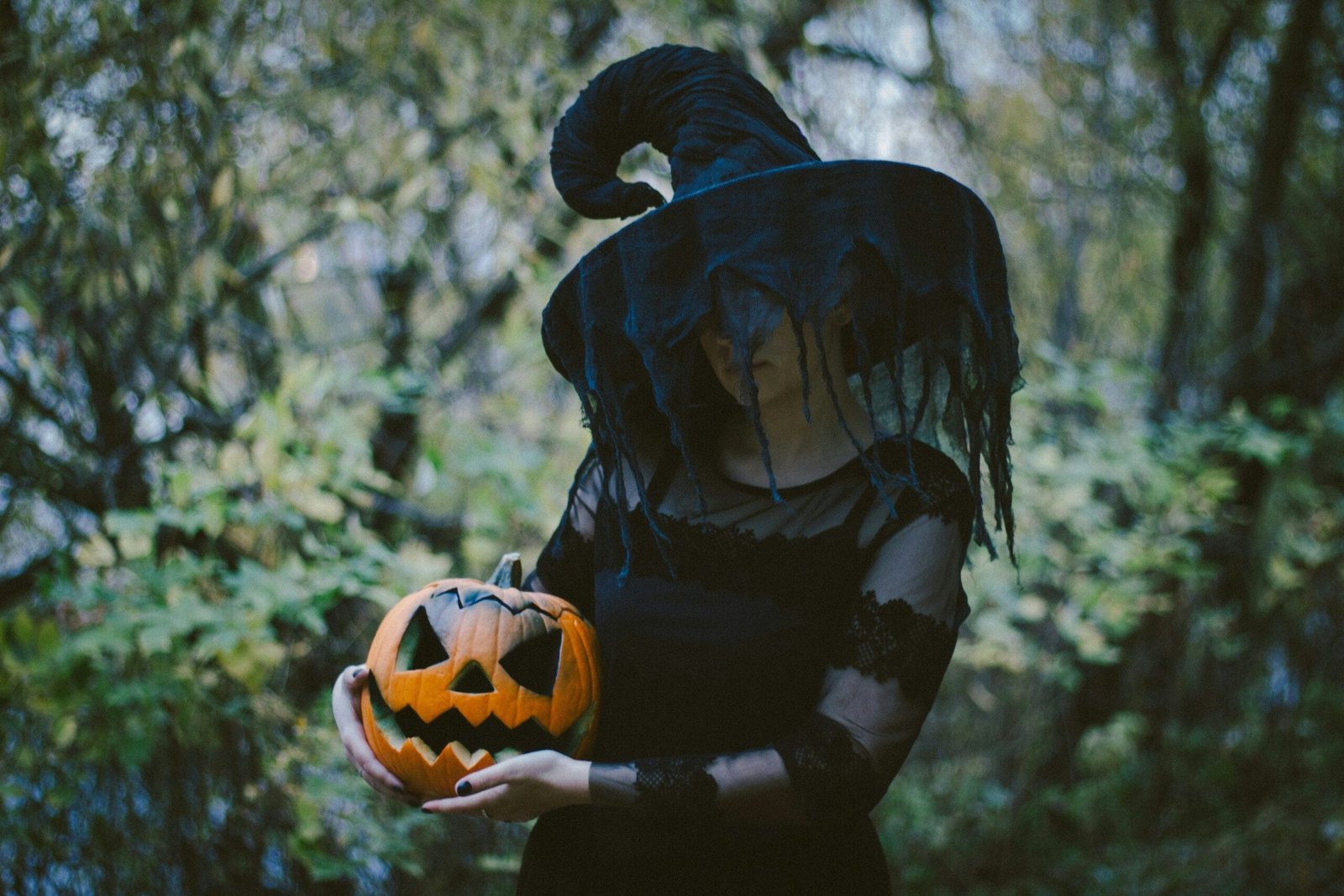The Magic of Halloween: Origins, Traditions, and Spiritual Significance
Date: October 31st
Celebrated by: Modern cultures worldwide
Significance: A celebration of the end of harvest, the beginning of winter, and a night of supernatural mystery
Spiritual importance: Thinning of the veil between the living and the dead
Themes: Death, the supernatural, transformation, fun
Traditions: Trick-or-treating, costumes, carving pumpkins, haunted houses
Supernatural awareness: Heightened sense of mystery and eerie atmosphere
What is Halloween?
Halloween, also known as All Hallows’ Eve, takes place on October 31st each year. It is a festival that has evolved over centuries, blending elements of ancient traditions and modern customs. Halloween originally stems from the ancient Celtic festival of Samhain, a time when people believed that the spirits of the dead could cross over into the world of the living.
Over time, Halloween has transformed into a secular, yet deeply mysterious celebration where themes of death, ghosts, and supernatural occurrences take center stage. Its focus on costumes, candy, and festivities creates a mix of fun and fright, especially for children.
Why is Halloween Important?
Though Halloween today is often seen as a playful night of costumes and candy, its roots are deeply spiritual and symbolic. Here’s why it holds significance:
Connection to the supernatural: Just like Samhain, Halloween is a time when the boundary between the worlds of the living and the dead is thought to be at its thinnest. This makes it a night where the supernatural seems more present.
Transformation: Costumes and masks allow people to take on new identities, symbolizing transformation and the power of embracing other sides of themselves, even those they might usually hide.
Honoring the dead: Halloween has links to ancient customs of honoring ancestors, though this practice is less common in modern times. It still serves as a reminder of the cycle of life and death.
How Has Halloween Evolved?
From Samhain to Halloween: Halloween’s origins lie in the Celtic festival of Samhain, where bonfires were lit, and people wore costumes to ward off wandering spirits. As Christianity spread, Samhain became intertwined with All Saints’ Day (November 1st) and All Souls’ Day (November 2nd), leading to the celebration of All Hallows’ Eve, later shortened to Halloween.
Modern Celebrations: Today, Halloween is celebrated in various ways across the world. In North America and Europe, traditions include dressing in costumes, carving pumpkins into jack-o’-lanterns, trick-or-treating, and visiting haunted attractions. It has also become a popular theme for parties, movies, and cultural events, adding a layer of entertainment to its supernatural roots.
Can Dreams and Events Become More Intense on Halloween?
Similar to Samhain, Halloween is a time when many people report heightened intuition, vivid dreams, and eerie experiences. The thinning of the veil allows for more mysterious, supernatural occurrences, making it an ideal time for those interested in spiritual practices such as tarot readings or contacting the spirit world.
Supernatural Occurrences on Halloween
While Halloween is often viewed as a night of fun, it still holds strong associations with the supernatural. Ghost stories, legends of haunted houses, and eerie tales of spirits wandering the earth are central to the celebration.
Many believe that, during Halloween, spirits of the dead can visit the living, though, unlike Samhain, the emphasis is often more playful than reverent. Decorations like skeletons, bats, and witches remind us of the mystery and fear associated with the unknown.
Common Halloween Practices
Costumes and Masks: One of the most iconic aspects of Halloween is dressing up in costumes. Historically, during Samhain, people wore disguises to confuse or ward off spirits who might try to take them to the afterlife. Over time, this tradition evolved into the playful costume-wearing that we see today, where people dress up in a wide variety of characters, from spooky to fun.
Carving Pumpkins: The tradition of carving jack-o’-lanterns comes from an old Irish tale about a man named “Stingy Jack” who tricked the devil and was cursed to roam the earth. People carve pumpkins to ward off spirits and light the way for the living.
Trick-or-Treating: A favorite among children, trick-or-treating has roots in ancient customs where people would offer food to wandering spirits in exchange for protection. Nowadays, it’s all about the candy!
- Haunted Attractions: Visiting haunted houses, forests, or other spooky places has become a Halloween tradition, tapping into the thrill of being scared in a controlled environment.
Halloween is a celebration that combines the ancient and the modern, the spiritual and the playful. Whether you view it as a night for connecting with the supernatural or simply enjoy the fun and festivities, Halloween remains one of the most beloved and mysterious holidays of the year.

